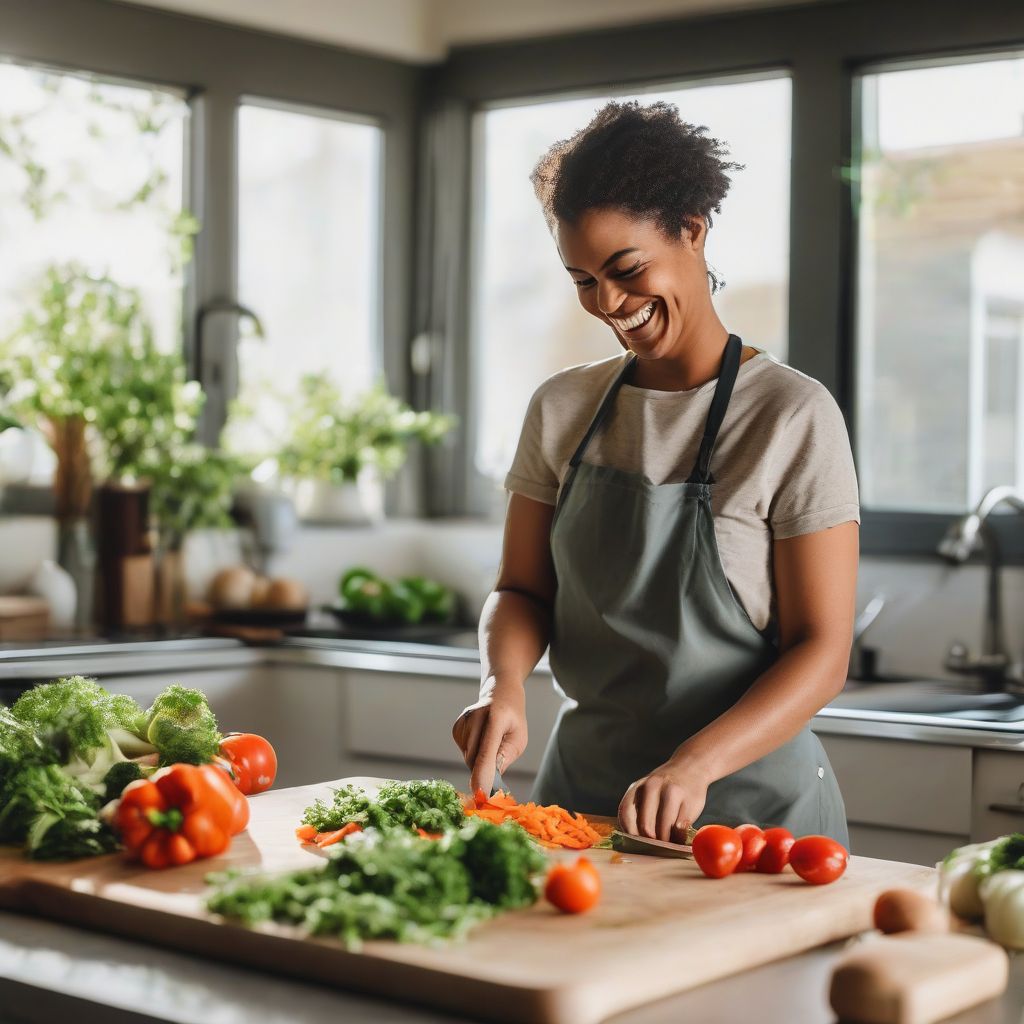We’ve all been there: scrolling through endless enticing food photos, only to click and find a recipe that looks more like a chemistry experiment than a delicious meal. As a nutritionist and meal-prep coach, I understand the desire for delicious and healthy food without the added stress of a complicated recipe.
Choosing the right recipe for your skill level can make all the difference in your cooking experience, transforming kitchen nightmares into joyful moments of culinary creativity. Let’s dive into how to confidently choose recipes that will have you excited to cook and enjoy your delicious creations.
Assessing Your Culinary Comfort Zone
Before you tackle that towering croquembouche (don’t worry, we’ll get to that later!), it’s important to understand your cooking strengths and areas for growth.
Beginner Cooks: Start Simple and Savory
- Embrace one-pot wonders: Think comforting soups, hearty stews, or sheet pan meals that allow for minimal prep and maximum flavor.
- Master basic techniques: Focus on mastering techniques like sauteing, roasting, and boiling, which form the foundation of countless recipes.
- Look for recipes with clear instructions: Prioritize recipes with detailed, step-by-step instructions that cater to beginners.
Intermediate Cooks: Expand Your Repertoire
- Experiment with new cuisines: Explore flavors from around the world with recipes that introduce new spices and cooking techniques.
- Try multi-step recipes: Challenge yourself with recipes that involve a few more steps, like homemade pasta sauces or layered casseroles.
- Invest in a few key tools: Consider adding tools like a food processor or immersion blender to your kitchen arsenal to simplify prep work.
Advanced Cooks: Embrace the Challenge
- Tackle complex techniques: Dive into advanced methods like poaching, braising, or making your own puff pastry from scratch.
- Play with flavor profiles: Get creative with layering flavors and experiment with unique ingredient pairings to create your own signature dishes.
- Don’t shy away from elaborate presentations: Challenge yourself to create visually stunning dishes that showcase your culinary prowess.
 Confident Cook Chopping Vegetables
Confident Cook Chopping Vegetables
Deciphering Recipe Language
Recipes often utilize specific terminology that can be confusing for home cooks. Here’s a quick breakdown:
- Chop, Dice, Mince: These terms refer to the size of your ingredients. Chopping results in larger pieces, dicing produces even cubes, and mincing creates very fine pieces.
- Sauté: This technique involves cooking food quickly over medium-high heat with a small amount of fat, promoting browning and enhancing flavor.
- Simmer: This gentle cooking method involves bringing liquids to a low boil, ideal for thickening sauces and tenderizing meats.
- Fold: This technique involves gently incorporating delicate ingredients like whipped cream or egg whites into a batter without deflating them.
Utilizing Online Resources for Recipe Success
The internet offers a plethora of resources to help you choose and conquer recipes:
- Recipe Websites and Apps: Websites like Allrecipes and Food Network offer filters for skill level, cuisine type, and dietary restrictions, making it easy to find your perfect recipe.
- Cooking Blogs: Many food bloggers provide detailed instructions, step-by-step photos, and helpful tips, often catering to specific skill levels.
- Online Cooking Courses: Platforms like MasterClass and Skillshare offer comprehensive cooking courses that can elevate your skills and introduce you to new techniques.
Tips for Recipe Success at Any Level
- Read the recipe thoroughly before starting: Familiarize yourself with the ingredients, equipment, and steps involved to avoid any surprises.
- Prep your ingredients in advance: This technique, known as mise en place, streamlines the cooking process and prevents last-minute scrambling.
- Don’t be afraid to experiment: Cooking is a journey of exploration! Don’t be afraid to tweak recipes to your liking or try substitutions based on your dietary needs or preferences.
Choosing the Right Baking Equipment
Speaking of equipment, having the right tools for baking can be just as crucial as choosing the right recipe. From stand mixers to measuring spoons, each tool plays a role in creating delicious baked goods. If you’re looking to upgrade your baking arsenal, check out our guide on how to choose the right baking equipment for your kitchen.
[amazon bestseller=”baking sheet”]
Conclusion: Embark on Your Culinary Adventure
Choosing the right recipes for your skill level is key to fostering a positive and empowering cooking experience. Remember, cooking is a journey, not a race. Start with recipes that align with your comfort zone, gradually challenging yourself as your confidence grows. Embrace the joy of experimentation, and most importantly, savor the delicious rewards of your culinary creations.
What are your favorite go-to recipes for your skill level? Share your culinary triumphs and tips in the comments below!
